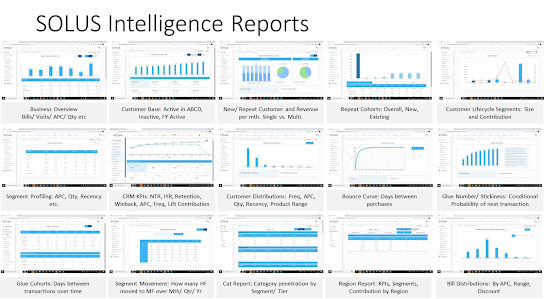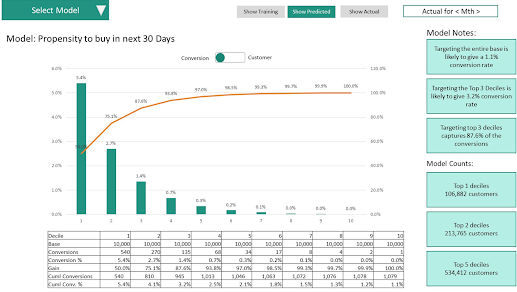The Ethics Of Using Machine Learning In Marketing: What You Need To Know
In today’s competitive landscape, personalisation has become the watchword in marketing. In order to treat each customer as a unique individual with their own preferences and interests, we must learn from individual customers’ behaviour rather than aggregate this understanding at a segment or population level. We want our marketing decision models to make decisions not just based on statements like “53% of our customers bought Men’s Formal Wear in the past week”, but on statements like “Customer XYZ has shown a preference for Casual Wear over the past year, but has purchased Formal Wear on his last visit.” And this is exactly where machine learning in marketing takes centre stage.
Understanding The Context
Machine Learning is a highly popular branch of AI that involves constructing data-driven models to comprehend or simulate human decision-making. (FYI, much of the recent popularity of AI has to do with a class of algorithms under machine learning called deep neural networks.) Machine learning models are widely used in modelling and predicting customer behaviour. The importance of machine learning in marketing can be observed in the fact that large, state-of-the-art recommender systems in popular apps and websites like YouTube and Netflix are often powered by ML. To be more accurate, it is possible due to the application of a machine learning-based recommendation system.
However, it is important to remember that this is made possible by data-driven models. So it follows that the more data you feed into these models, the better they get. But the term “more data” doesn’t always mean one thing. It could mean having data about a larger number of customers, thereby making sure that the models learn from a more diverse variety of customer behaviours, and therefore get better.
While we are on the topic of machine learning and what it can do for the field of marketing, how about reading The Benefits of AI in Marketing: Increased Efficiency and Personalisation for insights on that subject?
The Ethical Aspect of Machine Learning In Marketing
An alternative manner of viewing the data-driven system of ML is by considering that it could also be interpreted as having more in-depth data about each customer. And this interpretation is particularly relevant when you think about how you intuitively think about personalisation. The intuitive, one-line pitch on personalisation is: I know my customer inside-out, and am therefore able to recommend the very thing he/she needs, at the right time.
However, this notion of a deep understanding of customers raises several ethical considerations. The quest to gather more detailed data about each customer nudges us closer to a critical question: what data is ethically ours to use and learn from, and what isn’t?
It’s worth noting that data collection and learning from it aren’t inherently problematic. For instance, if a customer purchases several blue shirts over a period, it’s reasonable to infer that they favour that colour. Where it gets murky is when the emphasis on personalisation begins to infringe upon the boundaries of personal data privacy.
To simplify, any data that characterise a customer’s interaction with a brand—such as purchase history or browsing behaviour—is considered fair game. On the other hand, any data that describes the customer personally and hasn’t been obtained with explicit permission should be off-limits. Moreover, any practice that denies customer access to a brand’s products or services based on their characteristics is unacceptable.
You might also benefit from reading our article on the Power of Customer Insights: Unlocking Hidden Opportunities for Your Business.
Ethical Machine Learning in Marketing—A Path Forward
All the ethical notions discussed thus far are neither surprising nor for that matter, unregulated. There exist legal safeguards to dictate what brands can and cannot do with data. However, in day-to-day operations, it’s easy to assume that if some data is available, it’s okay to use it. Hence, when applying machine learning in marketing, it’s vital to adhere to ethical standards and respect personal boundaries.
In conclusion, harnessing the power of Solus AI’s campaigns for personalized recommendations, driven by cutting-edge technology, is a game-changer for any marketing strategy. By leveraging this intelligence system, businesses can unlock a plethora of benefits and enhance their marketing efforts like never before.













